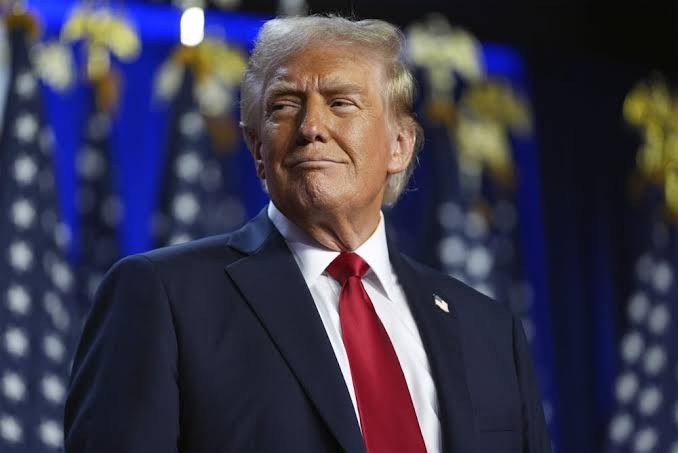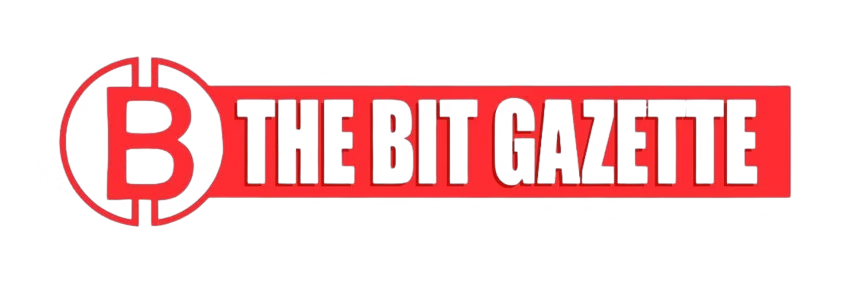Ethereum price surged past the $4,000 mark on August 8 for the first time since December 2024, posting a 4% daily gain that outpaced Bitcoin’s modest advance and signaling a key psychological and technical milestone for the world’s second-largest cryptocurrency.
According to exchange data from Coinbase, the rally coincided with a notable divergence in institutional flows: Ethereum ETFs posted $73 million in net inflows on August 5, while Bitcoin ETFs recorded $196 million in withdrawals. Analysts say this pattern reflects a reallocation of capital among professional investors seeking both appreciation potential and staking yield.
“This is a pivotal moment — the Ethereum price is not just moving on retail speculation, but on deep institutional conviction,” — Maria Thompson, Senior Crypto Analyst, ChainVista Research.
Corporate treasuries accelerate ETH accumulation
A growing number of publicly traded companies are adding ether to their balance sheets, mirroring strategies once associated almost exclusively with Bitcoin. Firms such as Sharplink Gaming and BitMine Immersion have rapidly expanded their Ethereum holdings, positioning the asset as a long-term treasury reserve.
Sharplink’s recent purchase of 521,939 ETH, valued at $264.5 million, brought its total holdings to one of the largest among listed firms. BitMine Immersion now holds over 833,000 ETH. Combined, corporate treasuries currently control approximately 966,000 ETH — around $3.5 billion at current Ethereum price levels.
The appeal lies in Ethereum’s dual investment profile: price appreciation potential and a staking yield of 3–4% annually.
“For corporate CFOs, staking offers a revenue stream that feels more like a dividend,” — David Larkin, CFO, Sharplink Gaming. “It’s a familiar concept, but applied to digital assets.”
Regulatory clarity boosts investor confidence
Regulatory developments have further strengthened Ethereum’s investment case. The U.S. Securities and Exchange Commission recently confirmed that ETH staking does not constitute a securities issuance, removing a significant overhang for both ETF providers and corporate holders.
This clarity, market observers say, lowers the legal risks associated with holding and staking ETH, making the asset more attractive for institutional portfolios.
On the technical side, the upcoming EIP-7999 proposal aims to unify Ethereum’s transaction fee system, potentially simplifying network use and improving competitiveness with rival blockchains like Solana and Avalanche. By optimizing resource allocation for validators, the reform could further enhance Ethereum’s efficiency and appeal.
Room to grow despite recent gains
Despite the rally, the Ethereum price remains 18% below its all-time high of $4,878 set in 2021. This gap, combined with increasing adoption by ETFs and corporate treasuries, suggests potential upside if current trends persist.
According to a survey by Myriad Linea Markets, 76% of market participants expect Ethereum’s weekly transaction volume to exceed 12 million in the near term — a level that would indicate robust on-chain activity and broader adoption.
“Institutional inflows, corporate demand, and network upgrades are converging in a way we haven’t seen before,” — Thompson added. “If sustained, this could set the stage for a durable multi-quarter rally in the Ethereum price.”











